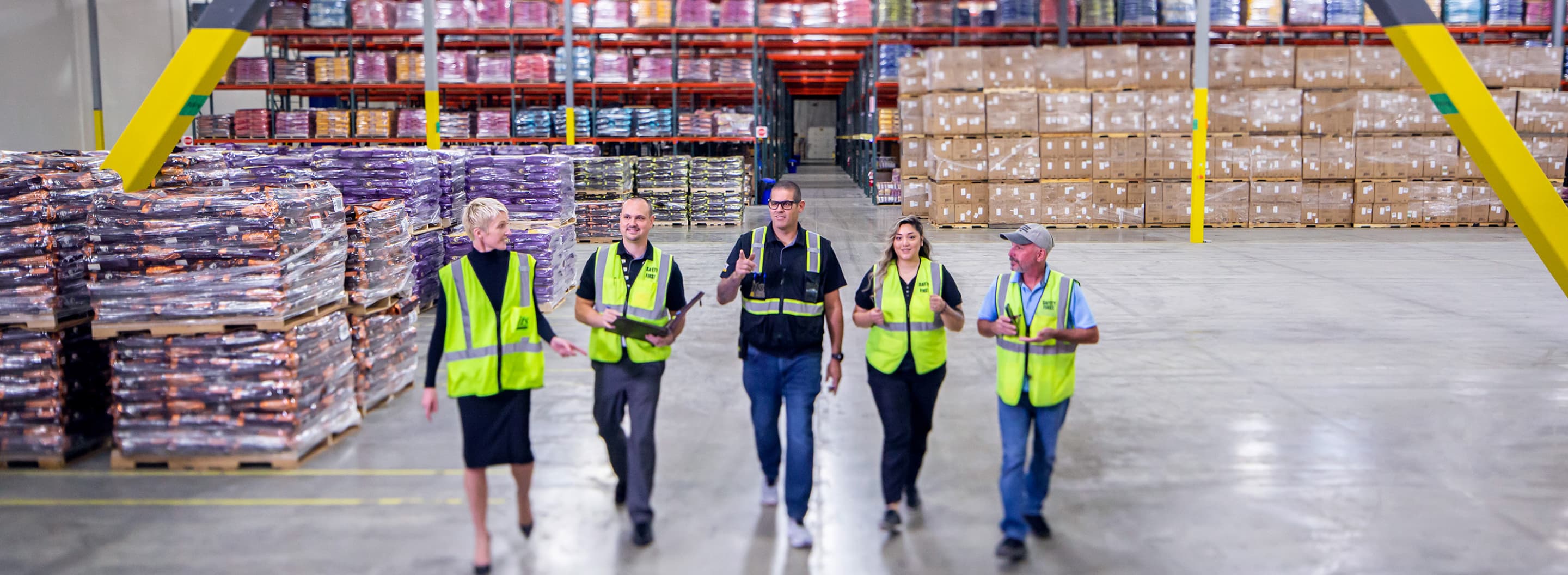IN THE NEWS: Tariff Costs, Need for Speed Seen Reshaping Retail Inventory Strategies

Journal of Commerce
September 29, 2025
William Cassidy
FROM THE ARTICLE: Higher tariff costs are pushing US retailers toward leaner inventory management at the same time that consumers are still seeking faster delivery of goods through more fulfillment channels.
Target, for example, announced last week it will expand next-day delivery of online orders to 35 US markets by the end of October. Amazon in June said it will expand its same-day and next-day services to more than 4,000 small towns and rural areas by 2026.
Those dual pressures will reshape retail logistics in 2026, with an even greater blending of multiple fulfillment channels forcing closer alignment of inventory and transportation management, said Kasia Wenker, Vice President of Solutions Engineering at ITS Logistics.
“We’re at a major inflection point,” Wenker told the Journal of Commerce. “Retail, as we understand it, is already becoming e-commerce fulfillment, and the variety of delivery methods is mind-blowing. Far more logistics support is needed to fulfill the needs.”
ITS Logistics is launching a network of retail logistics hubs from existing facilities in Nevada, Indiana, and Texas, aimed at smaller retail companies. The hubs will use integrated inventory management and transportation systems for fulfillment and distribution.
“The goal is to give them a network that allows them to compete with the big retailers who can deliver to customers within under an hour,” Wenker said. ITS plans to add additional retail logistics hubs in the next two to three years, and other types of hubs as well.
The “inflection” Wenker sees is becoming evident as US retailers look to inventory management for help with rising costs induced by high US tariffs. In recent earnings calls, retailers highlighted a more “disciplined” approach to inventory management.
“The biggest problem we see is fragmentation; you can’t have separate infrastructure for fulfillment from your stores and through e-commerce,” she said. There’s also a divide to be bridged at many companies between inventory and transportation management.
“There are transportation people and there are inventory people and they don’t always have the same KPIs,” Wenker explained. That may be truer for smaller, regional retailers than larger, national companies with enterprise-wide supply chain systems, she added.



